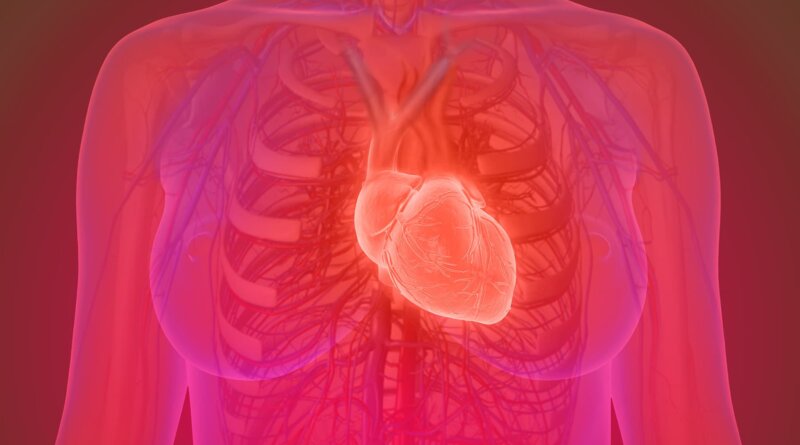Heart Failure: Innovations in Care
By J. Emanuel Finet, MD, as told to Marijke Vroomen Durning, RN
As a cardiologist who works mainly with heart failure patients, I’ve seen a significant increase in treatment options since I first began practicing. Most importantly, there are new drugs that help these patients live longer, like the combination sacubitril-valsartan pill. Among other things, this drug helps preserve or recover the heart’s “ejection fraction.” As heart failure progresses, the ejection fraction (a measurement that shows how much blood is pumped out of the heart’s left ventricle) usually drops. The ventricle is one of the two lower heart chambers. Medications such as sacubitril-valsartan can help keep the heart from failing further.
Other new agents that help heart failure patients are called sodium-glucose transporter inhibitors 2 (SGLT2 inhibitors). These include empagliflozin or dapagliflozin. They help not only patients with weaker hearts, but also those with stiffer hearts. The drugs help lower elevated blood sugar too, which is especially helpful in heart failure patients with diabetes. There is no one-size-fits-all regarding heart failure therapies, though. When we see our patients, we must talk about the various treatment options and personalize their care.
New Devices Make a Difference
And, of course, there are many new mechanical and technological options. When I started practicing medicine, those options were not common, or they didn’t exist at all. For example, we can now replace heart valves without surgery in select patients. Patients can also have cardiac resynchronization therapy to get their heartbeat back in sync, and help the heart pump more efficiently.
We also have a new device called the cardiac contractility modulation (CCM) device, but it’s not yet in widespread use. The CCM device is implanted like a pacemaker, but instead of changing the heart’s rhythm, it improves how well the heart contracts. The better the contraction, the better the heart pumps blood. We can also insert new and improved mechanical circulatory support devices (“mechanical hearts”) for heart failure for patients with very weak hearts and poor quality of life. These devices include the HeartMate 3 left ventricular assist device. They can be the best treatment choice, or they can act as a bridge for some select patients until they get their much-needed heart transplants.
Clinical Trials Are Ongoing All Over the World
Research looking at medications and devices to improve heart failure outcomes is continuing around the world. For example, there has been a boom in cardiac amyloidosis research. This disease causes the heart to become very stiff and thick. New drugs such as vutrisiran and eplontersen are being tested in these patients. The researchers hope the drugs may decrease the production of the abnormal protein that causes the stiffness and prevent disease progression.
Gene therapy (NTLA-2001, a novel CRISPR/Cas9-based therapy) is also being evaluated for heart failure treatment. And there are clinical trials for devices like mechanical pumps, such as the ARIES HM3 trial. This study looks for the best blood-thinning plan for patients using this device.
Patients Are Living Longer
I am definitely seeing more heart failure patients now who are older than at the beginning of my career. We can now safely offer more complex and invasive therapies or certain heart surgeries to patients over 80 or 90 years. Heart transplants are now successfully done in select patients over the age of 70. Also, patients are often taking better care of themselves as they age. This means they are more robust and vigorous when heart failure begins, despite being older.
Dealing With Misconceptions About Heart Failure
Despite all the new treatments, we still need to address the basics when diagnosing and treating our heart failure patients. That includes overcoming misconceptions people may have about their condition. One of the biggest misconceptions about heart failure is that it’s a death sentence or the exact opposite. Sometimes when patients search online for information, they may be reassured, thinking that their situation isn’t so bad when, in reality, it is very bad. Or they become overly concerned because of what they read. One particular topic that comes to mind is cardiac amyloidosis. Many patients look it up and think they will die in 6 months. But the reality is that the vast majority of the time, this is not true, given all the new effective therapies we have.
Benefits of My Work
I enjoy working as a heart doctor, especially seeing heart failure patients. I like the continuity of care. I see patients often, from the time they are referred to me for diagnosis and initial medical management. Sometimes medications are sufficient. Some patients need specialized therapies, such as surgeries, devices, and even a heart transplant when necessary. I come alongside them through all this journey, and even beyond. I learn about them and their families. I know about their work, their hobbies, and what they enjoy and not so much.
It’s very gratifying to have these close relationships with patients, and to make people feel better and live longer. It’s something I value tremendously. I also share much about me, so that the close relationship goes both ways. Over time, we learn to trust and be accountable to each other. Not many doctors can enjoy this aspect of health care. The patients and their families are usually incredibly thankful. It’s hard to top this job!




